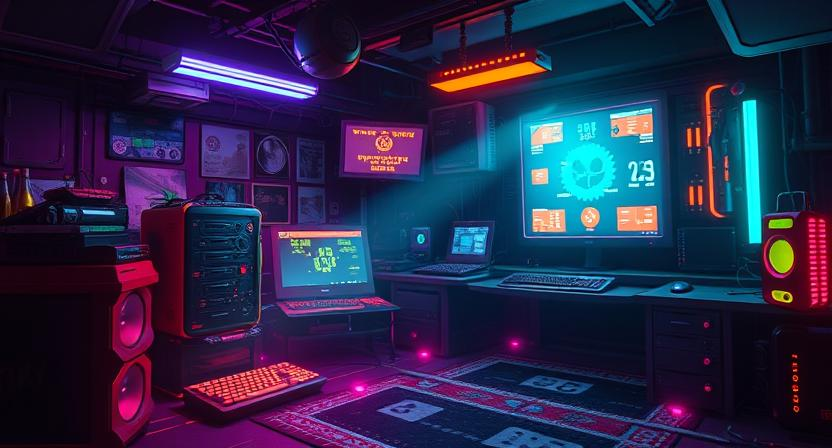The best games don’t start with a wall of text or mandatory training missions—they teach you by letting you play. From level design to player feedback, good game design makes learning feel like part of the fun.
One of the most famous examples is Super Mario Bros. World 1-1. It introduces running, jumping, enemies, and power-ups—all without a single popup. The layout itself guides the player: a Goomba forces a reaction, a low block teaches jumping, and a pipe dares you to experiment.
Portal takes this further. Its early puzzles gradually increase in complexity, using visual language and physics-based feedback to build mastery. The player learns how to solve later challenges by experimenting in earlier ones.
In Dark Souls, players are thrown into danger almost immediately. The tutorial area exists, but it’s minimal. Instead, you learn through failure, observation, and trial—and that makes survival more satisfying. It’s not “hand-holding,” it’s experiential design.
Even modern action games like God of War Ragnarök layer mechanics gradually. You start with basic attacks, then unlock weapons, combos, and runes. The game teaches through pacing and repetition, not instruction overload.
Games that overuse tutorials risk boring or overwhelming players. The best ones use intuitive design, feedback loops, and curiosity to create a seamless onboarding experience.
You don’t need a pop-up to learn. You need good design that rewards experimentation and makes you feel smart for figuring things out.


Leave a Reply